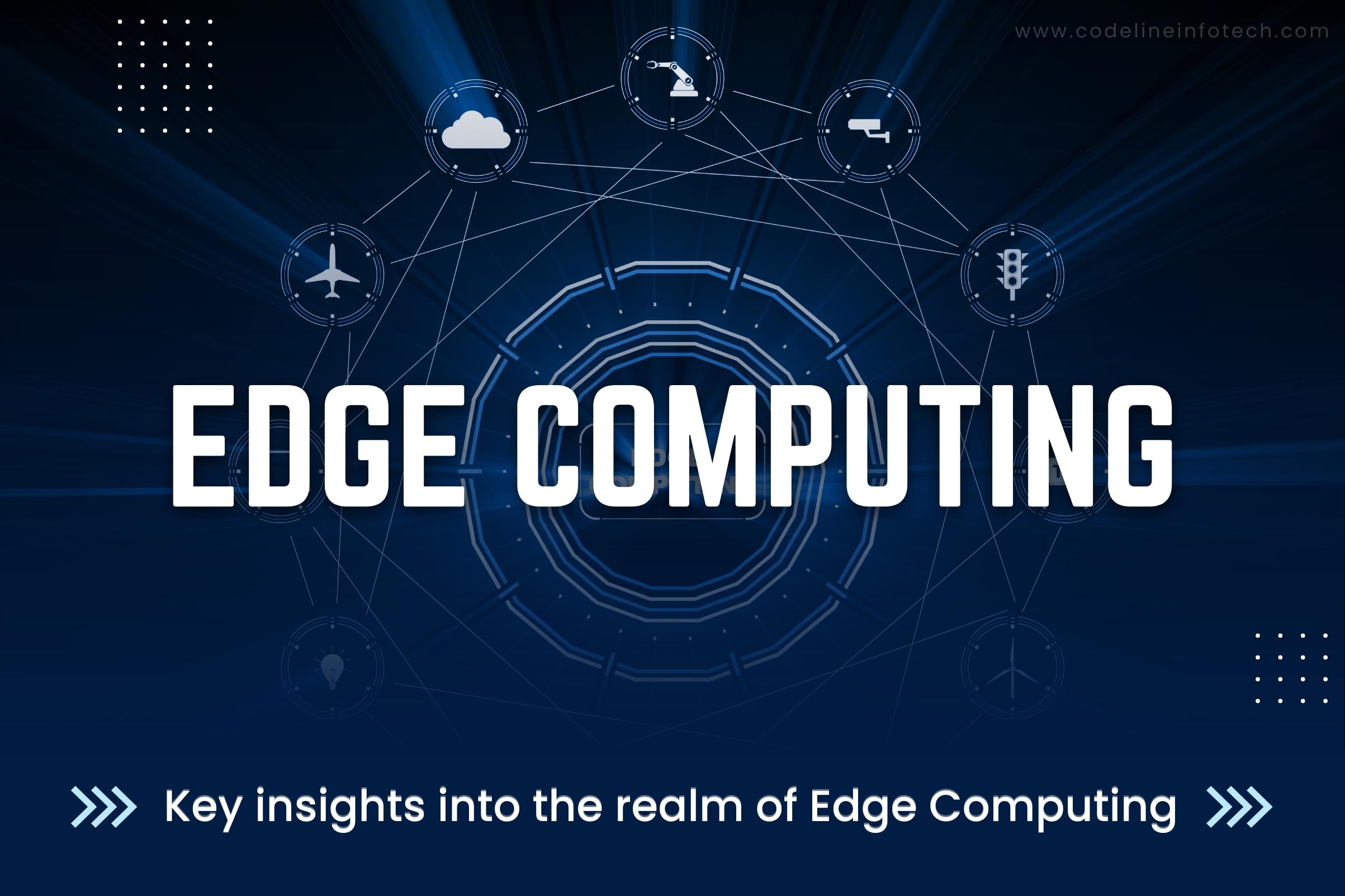BlogRead Our Latest Project

Edge Computing
What is Edge Computing?
Edge computing refers to a decentralized approach of processing and storing data closer to the source or the "edge" of the network, rather than relying solely on a centralized cloud infrastructure. In edge computing, computing resources, such as servers and data storage, are placed in close proximity to where the data is generated or needed, such as devices, sensors, or local networks.
Purpose of edge computing
The purpose of edge computing is to reduce latency, or the delay in data transmission, and enable faster processing and real-time analysis of data. By bringing computational capabilities closer to the edge devices, edge computing minimizes the need to send large amounts of data to a remote data center or the cloud for processing. Instead, data is processed locally, near its origin, allowing for quicker response times and more efficient use of network bandwidth.
How does edge computing work?
Edge computing works by bringing data processing and storage closer to the devices where the data is generated. Instead of sending all the data to a central cloud, edge devices do some of the work themselves.
Here's a simplified breakdown of how edge computing operates:
1. Data is generated by devices like sensors, IoT devices, or edge servers.
2. Instead of sending all the data to a centralized cloud, edge devices process and analyse the data locally.
3. Edge devices can communicate with each other or nearby edge servers to collaborate and perform more complex tasks.
4. Based on the processed data, edge devices or servers can make quick decisions or take immediate actions.
5. Some data may still need to be sent to the cloud for long-term storage, further analysis, or integration with cloud services.
6. Edge computing systems have tools for managing and monitoring the devices and the overall network.
By processing data locally, edge computing reduces delays, improves real-time decision-making, and makes better use of network resources. It allows for faster insights, better user experiences, and more efficient data processing.
Benefits of Edge Computing
Edge computing has emerged as one of the most effective solutions to network problems associated with moving huge volumes of data generated in today’s world.
Here are some of the most important benefits of edge computing:
1. Reduced Latency: By processing data closer to the source, edge computing significantly reduces latency, or the delay in data transmission. This is crucial in applications that require real-time or near-real-time processing, such as autonomous vehicles, industrial control systems, and remote monitoring.
2. Improved Performance: Edge computing improves the overall performance of systems by offloading processing tasks from the central cloud and distributing them to edge devices. This allows for faster data analysis and decision-making, leading to improved system responsiveness and efficiency.
3. Bandwidth Optimization: By processing and filtering data locally at the edge, edge computing minimizes the need to transmit large volumes of data to the cloud. This optimizes network bandwidth utilization, reduces congestion, and lowers data transmission costs.
Examples and Use Cases
1. IOT (Internet of Things)
2. Gaming
3. Health Care
4. Smart City
5. Intelligent Transportation
6. Enterprise Security
Implementing edge computing in smart home devices offers an effective solution. In smart homes, numerous IoT devices gather data within the house, which is then transmitted to a remote server for storage and processing. However, this setup can lead to complications during network outages. Edge computing resolves these issues by bringing data storage and processing centers closer to the smart home, resulting in reduced backhaul costs and lower latency.
Edge computing finds valuable application in the cloud gaming industry. Companies that offer cloud gaming services strive to position their servers as close to gamers as possible. This strategy aims to minimize latency and deliver a fully immersive gaming experience.







